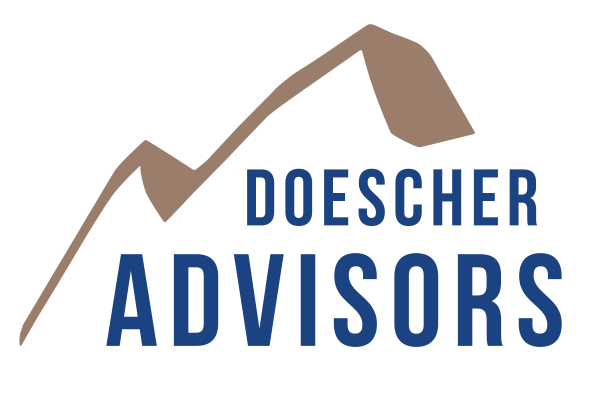Our Blog
Types of Leaders

Tom Doescher
Level 1: The Unintentional Leader Unintentional Leaders are easy to spot. They don’t seem to realize the impact they have on others, so their behavior can hurt the people they work with, as well as the organization. Here are a few traits of Unintentional Leaders: They think in terms of employees versus people who have full, complex lives; they take credit for work they didn’t do; and they’re too consumed with worries about personal matters to care about the job.
Level 2: The Hit-or-Miss Leader These leaders are on or off, hot or cold, a good friend or ally to some but not to others. Here are a few traits: They may be in over their head; they can’t focus, due to personal problems; and direct reports often transfer to other departments.
Level 3: The Transactional Leader Transactional Leaders get the job done and nothing more. They value checking things off the list, especially things related to their own goals. Here are a few common traits: They value getting things done over talking to people; they give orders more than they listen to employees’ concerns; and they’re often described as “efficient but cold.”
Level 4: The Good Leader Direct reports stay because of Good Leaders. They’re consistent, inclusive, sincere, and clear about expectations. Here are a few traits: They’re good at developing and mentoring people; they’ll talk to team members about both work and personal issues; and they receive good performance comments from peers as well as direct reports.
Level 5: The For All Leader; A Great Leader For All This type of leader truly has his/her team members’ best interests in mind. Their team loves them, they don’t micromanage, and they’re fair. These are some of their traits: They attract smart, engaged team members who are motivated to do their best; their team members are very innovative and attain above-average business results; their teams work well with other teams; and their team members “love their job.”
I found this section of the book to have fresh, innovative ideas about leadership. If you’re currently looking for a new way to view leadership, I found the terminology and suggestions to be spot-on. You may want to use Bush’s scale to rate your leaders and provide them with some practical, implementable actions. Keep in mind that these ideas are from some of the best companies to work for in the world, based on information provided by employees representing all levels of a business. Good luck!
p.s. In a phone conversation with Michael I discovered that he had the good fortune of having Jim Collins as a professor during his MBA program at Standford.

